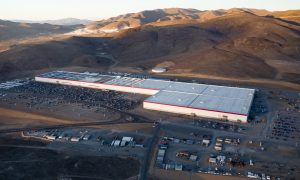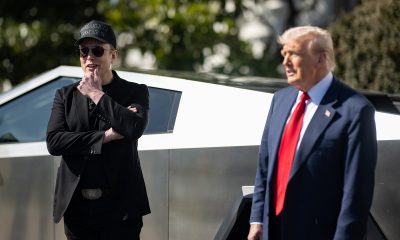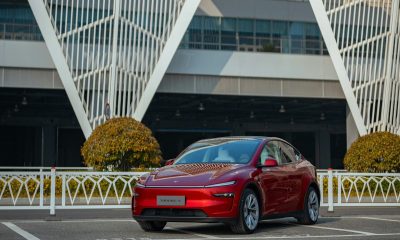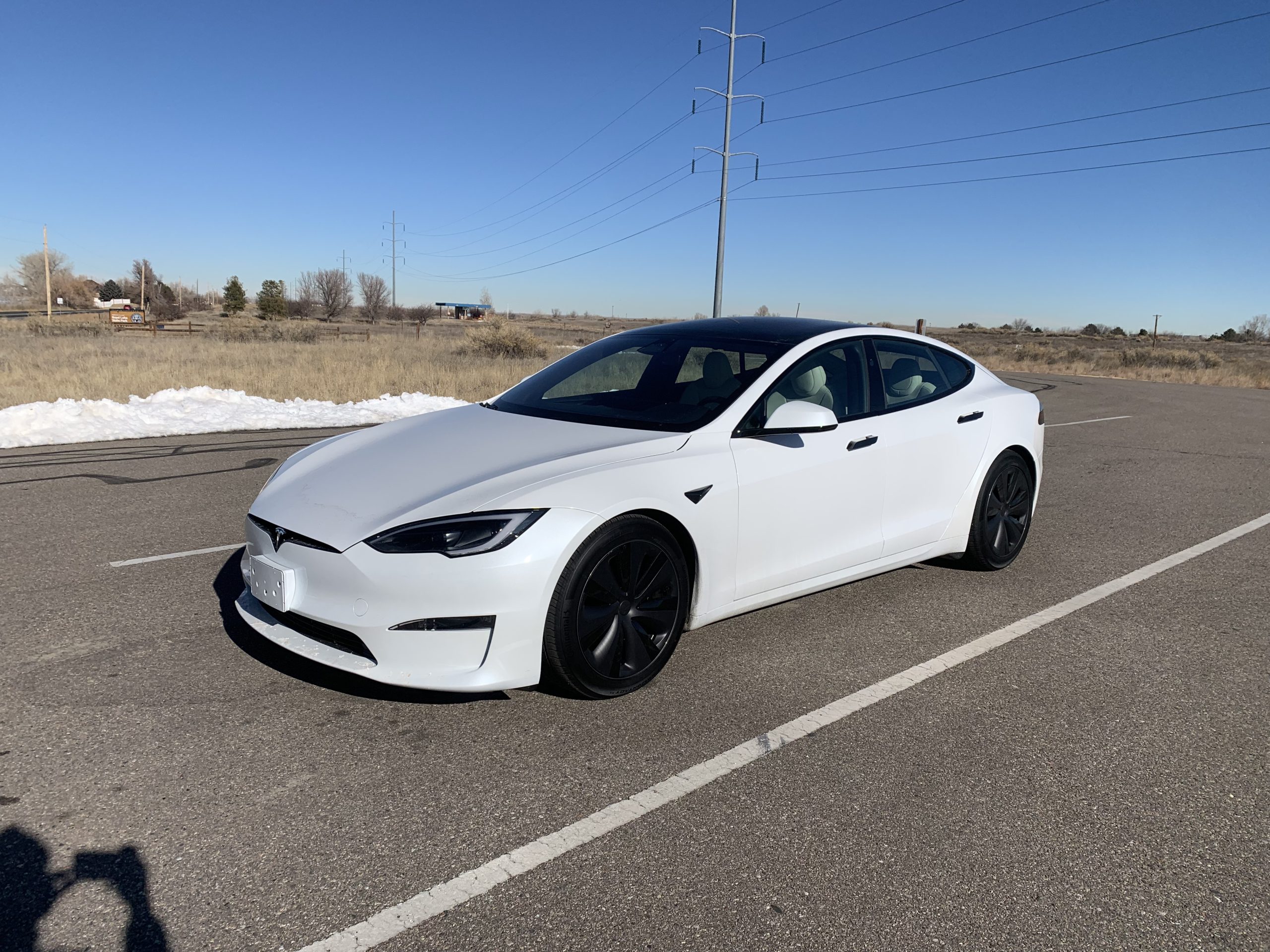

News
I tried Tesla’s FSD Supervised on a demo drive—Here’s what I learned
Tesla’s Supervised Full Self-Driving (FSD) has been at the center of the company’s long-term strategy for years, and seeing as I’ve been covering the company and its competitors since 2020, I decided it was finally time to try it out myself.
The process of scheduling a demo drive was simple: I scheduled it online through Tesla’s test drive page, and because I was hoping to focus on FSD, I shot an email over to the Loveland team letting them know that I was coming and was planning to try the software out. I got a quick response, in which one of the advisors offered to schedule me for an extended demo drive, effectively giving me a three-hour window to try out FSD Supervised.
On Monday, I headed out from my house in Fort Collins, Colorado, to the next town over, Loveland, to try Tesla’s latest FSD Supervised version available. While I initially scheduled a demo drive for a Model Y with FSD Supervised v13.2.2, one of the Tesla advisors informed me that there was also a Model S on-site with version v13.2.2.1, so I elected to test that one instead.
After getting a quick rundown from the advisor on the Model S, my demo drive officially began. I typed my first destination into the navigation system, pressed and held the blue “Start FSD (Supervised)” button, and off I went.
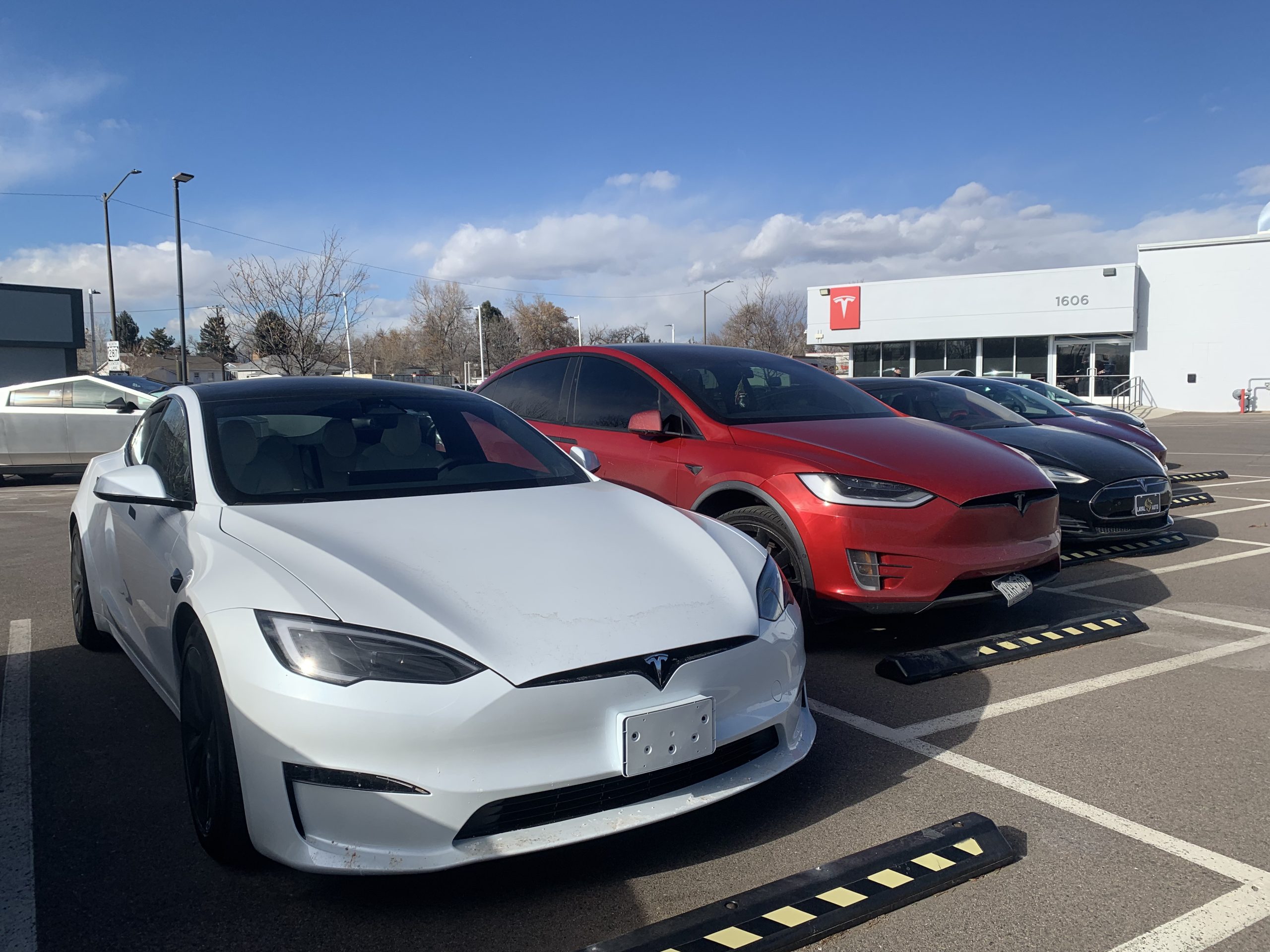
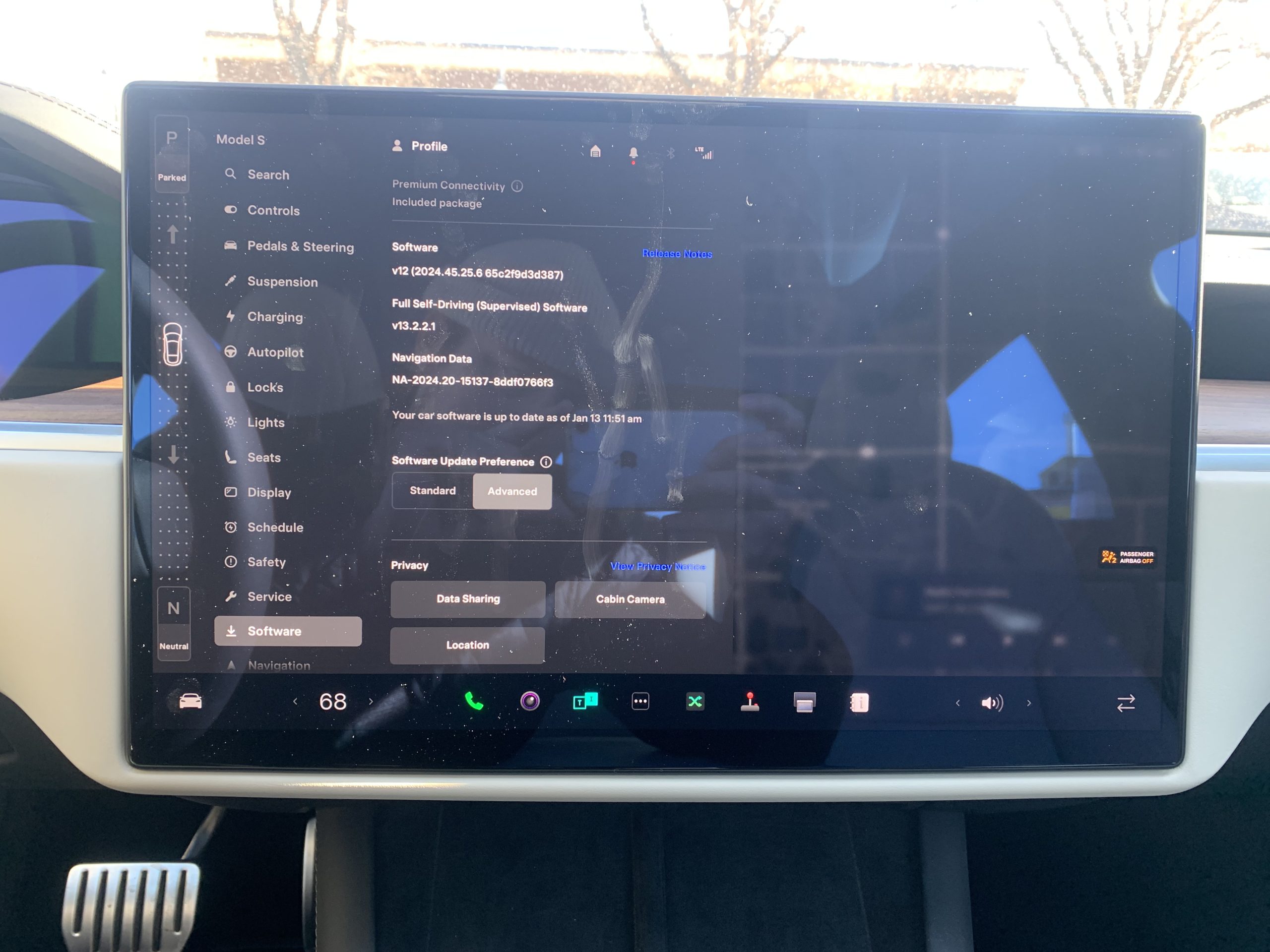
Tesla’s FSD Supervised: autonomy is definitely on the way
Perhaps many people have this experience when trying FSD out for the first time, but right off the bat, I found myself laughing at how it worked and a little scared that it would make a mistake. This Model S was now driving me out of the Loveland Tesla parking lot to a nearby Target, through busy parking lots, turns and lane changes, and it was pretty uncomfortable at first not to be the one making the maneuvers—let alone the fact that no person was making these maneuvers, but rather it was the vehicle doing it on its own.
I felt like an anxious passenger—my feet pressed firmly on the floor in distrust and disbelief—only I was sitting in the driver’s seat. I really couldn’t do much but laugh at how strange the experience had felt so far.
Then, not long after my first trip, something interesting happened.
My mindset slowly shifted from fear to trust with each correct maneuver, and I managed my first few drives without disengaging at all, offering a true testament to how well FSD Supervised performed on this test. Granted, I went in without too much of a plan and wasn’t targeting fringe cases or particularly tough maneuvers; I just wanted to see if this car could drive me around for a few hours, and to feel what it was like to demo FSD Supervised as a newcomer.
It’s worth noting that I did most of my driving in FSD’s Chill mode, though I also tested a few drives in both Standard and Hurry. Personally, I think I would probably keep it in Chill mode most of the time, as it’s the most similar to how I drive of the three.
Below are a few moments from the drive that show some of the system’s capabilities, even turning onto busy roads that would be difficult for a human driver.
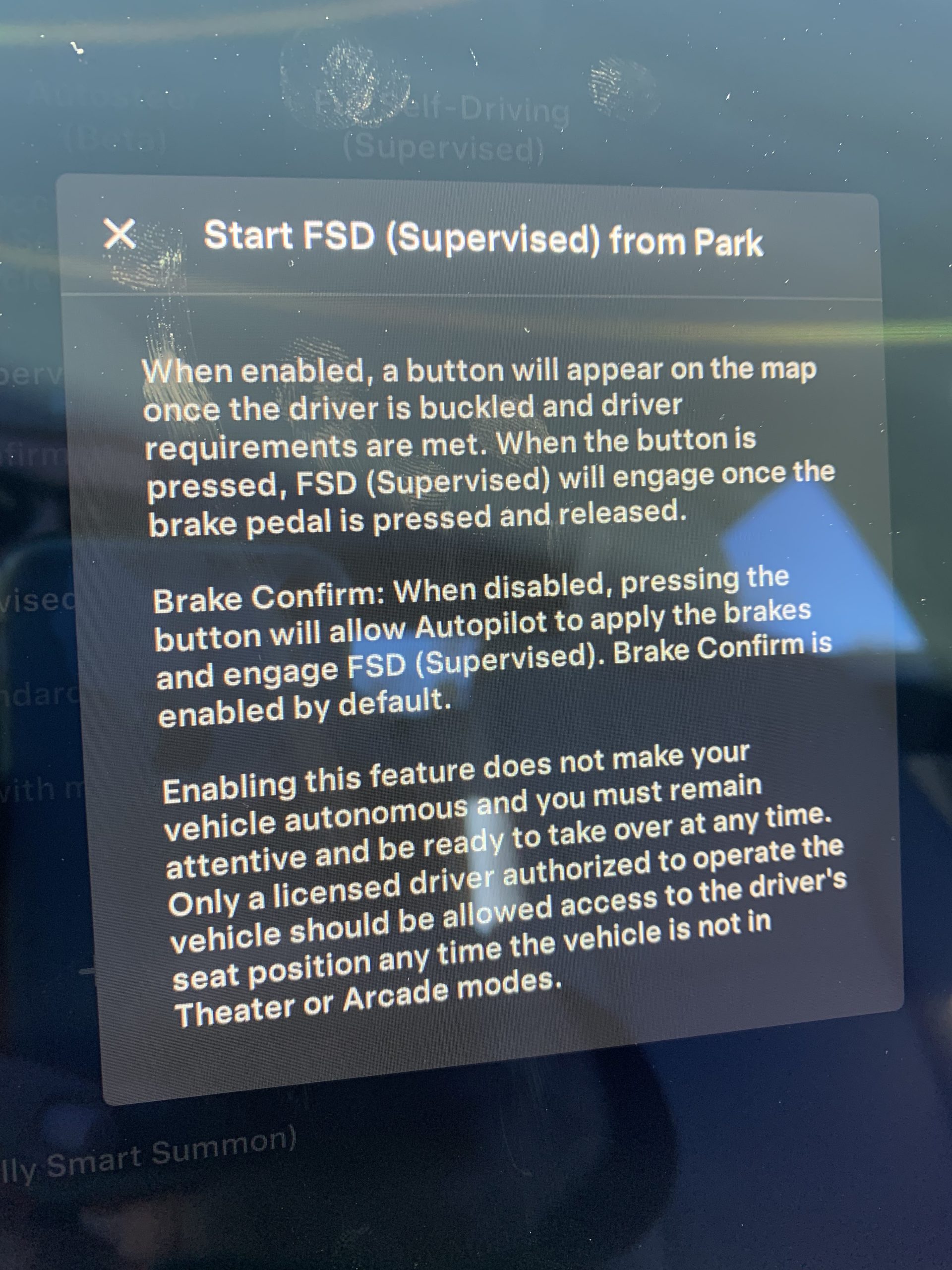
Tesla’s FSD Supervised reverses out of a parking spot… and we’re off
A simple reverse out of a parking spot, a good start! pic.twitter.com/TIx2yDmSxT
— TESLARATI (@Teslarati) January 15, 2025
Tesla’s FSD Supervised takes a few left turns onto busy roads
Another busy left turn – “FSD handled this busy turn with ease.” pic.twitter.com/SncR0Kh7ar
— TESLARATI (@Teslarati) January 15, 2025
Another left turn during a somewhat busy time of day – “I was a little scared, not going to lie, but FSD handled it well.” pic.twitter.com/WNunR05C3h
— TESLARATI (@Teslarati) January 15, 2025
Tesla’s FSD Supervised tackles a two-lane roundabout and parking lot
Roundabout? No problem! – “A two-lane roundabout that FSD handled pretty comfortably.” pic.twitter.com/X9QJIVXb6z
— TESLARATI (@Teslarati) January 15, 2025
Left-hand turn out of a parking lot – “It was pretty busy in there but it was well handled, the car navigated easily through the intersection just as I would have.” pic.twitter.com/Kzxb0aYtFN
— TESLARATI (@Teslarati) January 15, 2025
READ MORE ON TESLA’S FSD SUPERVISED: Tesla Cybertruck receives FSD (Supervised) v13.2.4 update
The temptation not to pay attention, and my most critical disengagement
Elon Musk and others have talked up FSD Supervised v13 since its release, as well as claiming that unsupervised driving is just around the corner. While it does feel closer than ever after years of reporting on small tweaks, improvements and developments, I think it’s also worth emphasizing again that the system still requires the driver to pay attention, even though it’s tempting to believe that it can handle all the driving by itself.
As I drove more and more, or rather as the car drove me, I became more comfortable trusting that FSD Supervised was going to make the right decisions, which it did about 99 percent of the time. I was lulled into somewhat of a false sense of safety that almost had me believing the vehicle didn’t need to be supervised, but that 1 percent of the time (maybe even less) that it did get confused still required my input.
I only had a few interventions for the whole experience, but one in particular had me a little scared after having become a little complacent and too trusting. As you can see in the video below, FSD Supervised was looking to merge into the right lane, when two vehicles slowed down. The Model S attempted to change lanes anyway, requiring me to overtake the wheel and keep driving straight.
Our first bit of adversity – “This was the most dangerous intervention I faced (I only had about three the whole time). FSD was trying to merge right, but the vehicles in that lane slowed down, and the car didn’t seem to understand what was going on. It started merging into the… pic.twitter.com/hJUBnCAjd2
— TESLARATI (@Teslarati) January 15, 2025
Besides the quick moment of fear in deciding I needed to take the wheel, it really was not a big deal once I regained control. It was actually a good wake-up call: this system still needs to be supervised, even if it makes fewer and fewer mistakes with each new version and feels like a solid human driver for the vast majority of the time.
I had a few other disengagements on my drive, mostly when the vehicle seemed to get confused about uncommon traffic circumstances or in confusing parking lot scenarios without clear signage. However, these moments made up a very small portion of my experience, and I can only imagine what another couple of years of development will do.
Tesla’s FSD Supervised: still needs supervision, but I got a good glimpse into a future of autonomy
All in all, I really enjoyed trying out FSD Supervised and I hope to do it again sometime. Additionally, I’d recommend trying it out to anyone, especially if you’re interested in seeing where driving tech is headed.
While I definitely got a glimpse into the future potential for fully autonomous driving, I also think it still requires supervision, even if just for those very seldom moments where the system gets confused. The margin for error with driving safety is obviously extremely low, though I do believe Tesla will eventually make good on its aim to make this system better than human drivers in time—and it already feels pretty close the majority of the time.
I hope to do this again sometime soon, and a major shout out to the Tesla Loveland team for making the experience smooth and for answering all my questions along the way.
What are your thoughts? Let me know at zach@teslarati.com, find me on X at @zacharyvisconti, or send us tips at tips@teslarati.com.
Tesla employees are performing autonomous FSD trials, CEO Elon Musk says
Need accessories for your Tesla? Check out the Teslarati Marketplace:
Elon Musk
Tesla reveals it is using AI to make factories more sustainable: here’s how
Tesla is using AI in its Gigafactory Nevada factory to improve HVAC efficiency.
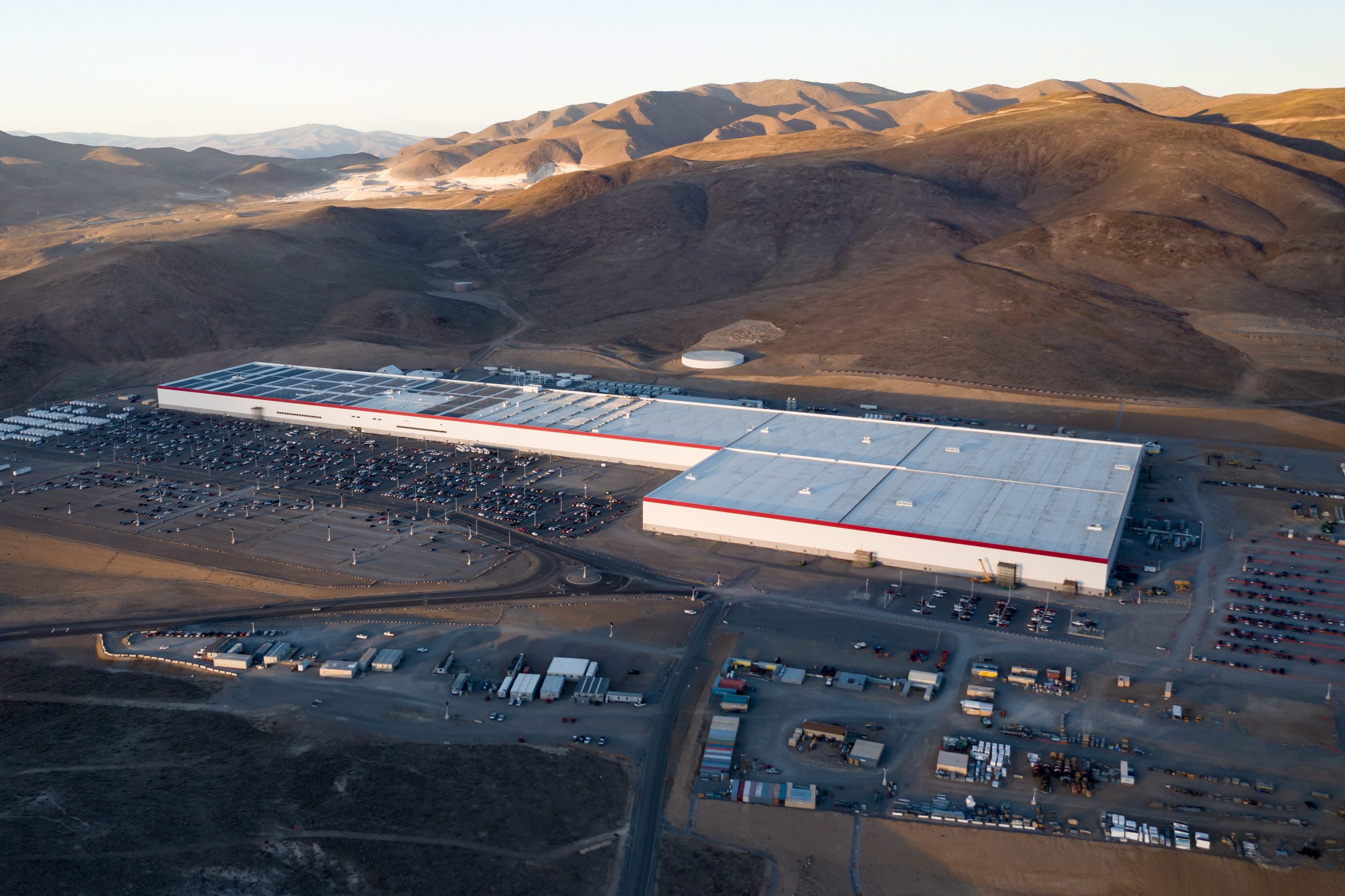
Tesla has revealed in its Extended Impact Report for 2024 that it is using Artificial Intelligence (AI) to enable its factories to be more sustainable. One example it used was its achievement of managing “the majority of the HVAC infrastructure at Gigafactory Nevada is now AI-controlled” last year.
In a commitment to becoming more efficient and making its production as eco-friendly as possible, Tesla has been working for years to find solutions to reduce energy consumption in its factories.
For example, in 2023, Tesla implemented optimization controls in the plastics and paint shops located at Gigafactory Texas, which increased the efficiency of natural gas consumption. Tesla plans to phase out natural gas use across its factories eventually, but for now, it prioritizes work to reduce emissions from that energy source specifically.
It also uses Hygrometric Control Logic for Air Handling Units at Giafactory Berlin, resulting in 17,000 MWh in energy savings each year. At Gigafactory Nevada, Tesla saves 9.5 GWh of energy through the use of N-Methylpyrrolidone refineries when extracting critical raw material.
Perhaps the most interesting way Tesla is conserving energy is through the use of AI at Gigafactory Nevada, as it describes its use of AI to reduce energy demand:
“In 2023, AI Control for HVAC was expanded from Nevada and Texas to now include our Berlin-Brandenburg and Fremont factories. AI Control policy enables HVAC systems within each factory to work together to process sensor data, model factory dynamics, and apply control actions that safely minimize the energy required to support production. In 2024, this system achieved two milestones: the majority of HVAC infrastructure at Gigafactory Nevada is now AI-controlled, reducing fan and thermal energy demand; and the AI algorithm was extended to manage entire chiller plants, creating a closed-loop control system that optimizes both chilled water consumption and the energy required for its generation, all while maintaining factory conditions.”
Tesla utilizes AI Control “primarily on systems that heat or cool critical factory production spaces and equipment.” AI Control communicates with the preexisting standard control logic of each system, and any issues can be resolved by quickly reverting back to standard control. There were none in 2024.
Tesla says that it is utilizing AI to drive impact at its factories, and it has proven to be a valuable tool in reducing energy consumption at one of its facilities.
Elon Musk
Tesla analysts believe Musk and Trump feud will pass
Tesla CEO Elon Musk and U.S. President Donald Trump’s feud shall pass, several bulls say.

Tesla analysts are breaking down the current feud between CEO Elon Musk and U.S. President Donald Trump, as the two continue to disagree on the “Big Beautiful Bill” and its impact on the country’s national debt.
Musk, who headed the Department of Government Efficiency (DOGE) under the Trump Administration, left his post in May. Soon thereafter, he and President Trump entered a very public and verbal disagreement, where things turned sour. They reconciled to an extent, and things seemed to be in the past.
However, the second disagreement between the two started on Monday, as Musk continued to push back on the “Big Beautiful Bill” that the Trump administration is attempting to sign into law. It would, by Musk’s estimation, increase spending and reverse the work DOGE did to trim the deficit.
Every member of Congress who campaigned on reducing government spending and then immediately voted for the biggest debt increase in history should hang their head in shame!
And they will lose their primary next year if it is the last thing I do on this Earth.
— Elon Musk (@elonmusk) June 30, 2025
President Trump has hinted that DOGE could be “the monster” that “eats Elon,” threatening to end the subsidies that SpaceX and Tesla receive. Musk has not been opposed to ending government subsidies for companies, including his own, as long as they are all abolished.
How Tesla could benefit from the ‘Big Beautiful Bill’ that axes EV subsidies
Despite this contentious back-and-forth between the two, analysts are sharing their opinions now, and a few of the more bullish Tesla observers are convinced that this feud will pass, Trump and Musk will resolve their differences as they have before, and things will return to normal.
ARK Invest’s Cathie Wood said this morning that the feud between Musk and Trump is another example of “this too shall pass:”
BREAKING: CATHIE WOOD SAYS — ELON AND TRUMP FEUD “WILL PASS” 👀 $TSLA
She remains bullish ! pic.twitter.com/w5rW2gfCkx
— TheSonOfWalkley (@TheSonOfWalkley) July 1, 2025
Additionally, Wedbush’s Dan Ives, in a note to investors this morning, said that the situation “will settle:”
“We believe this situation will settle and at the end of the day Musk needs Trump and Trump needs Musk given the AI Arms Race going on between the US and China. The jabs between Musk and Trump will continue as the Budget rolls through Congress but Tesla investors want Musk to focus on driving Tesla and stop this political angle…which has turned into a life of its own in a roller coaster ride since the November elections.”
Tesla shares are down about 5 percent at 3:10 p.m. on the East Coast.
Elon Musk
Tesla scrambles after Musk sidekick exit, CEO takes over sales
Tesla CEO Elon Musk is reportedly overseeing sales in North America and Europe, Bloomberg reports.

Tesla scrambled its executives around following the exit of CEO Elon Musk’s sidekick last week, Omead Afshar. Afshar was relieved of his duties as Head of Sales for both North America and Europe.
Bloomberg is reporting that Musk is now overseeing both regions for sales, according to sources familiar with the matter. Afshar left the company last week, likely due to slow sales in both markets, ending a seven-year term with the electric automaker.
Tesla’s Omead Afshar, known as Elon Musk’s right-hand man, leaves company: reports
Afshar was promoted to the role late last year as Musk was becoming more involved in the road to the White House with President Donald Trump.
Afshar, whose LinkedIn account stated he was working within the “Office of the CEO,” was known as Musk’s right-hand man for years.
Additionally, Tom Zhu, currently the Senior Vice President of Automotive at Tesla, will oversee sales in Asia, according to the report.
It is a scramble by Tesla to get the company’s proven executives over the pain points the automaker has found halfway through the year. Sales are looking to be close to the 1.8 million vehicles the company delivered in both of the past two years.
Tesla is pivoting to pay more attention to the struggling automotive sales that it has felt over the past six months. Although it is still performing well and is the best-selling EV maker by a long way, it is struggling to find growth despite redesigning its vehicles and launching new tech and improvements within them.
The company is also looking to focus more on its deployment of autonomous tech, especially as it recently launched its Robotaxi platform in Austin just over a week ago.
However, while this is the long-term catalyst for Tesla, sales still need some work, and it appears the company’s strategy is to put its biggest guns on its biggest problems.
-

 Elon Musk1 day ago
Elon Musk1 day agoTesla investors will be shocked by Jim Cramer’s latest assessment
-

 News6 days ago
News6 days agoTesla Robotaxi’s biggest challenge seems to be this one thing
-

 News2 weeks ago
News2 weeks agoTesla’s Grok integration will be more realistic with this cool feature
-

 Elon Musk2 weeks ago
Elon Musk2 weeks agoElon Musk slams Bloomberg’s shocking xAI cash burn claims
-
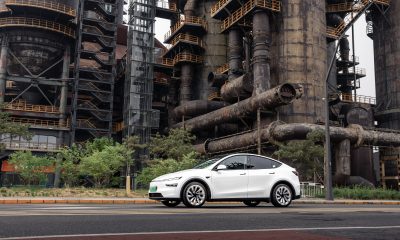
 News2 weeks ago
News2 weeks agoTesla China roars back with highest vehicle registrations this Q2 so far
-

 News2 weeks ago
News2 weeks agoTexas lawmakers urge Tesla to delay Austin robotaxi launch to September
-

 News2 weeks ago
News2 weeks agoTesla dominates Cars.com’s Made in America Index with clean sweep
-

 Elon Musk1 week ago
Elon Musk1 week agoFirst Look at Tesla’s Robotaxi App: features, design, and more


